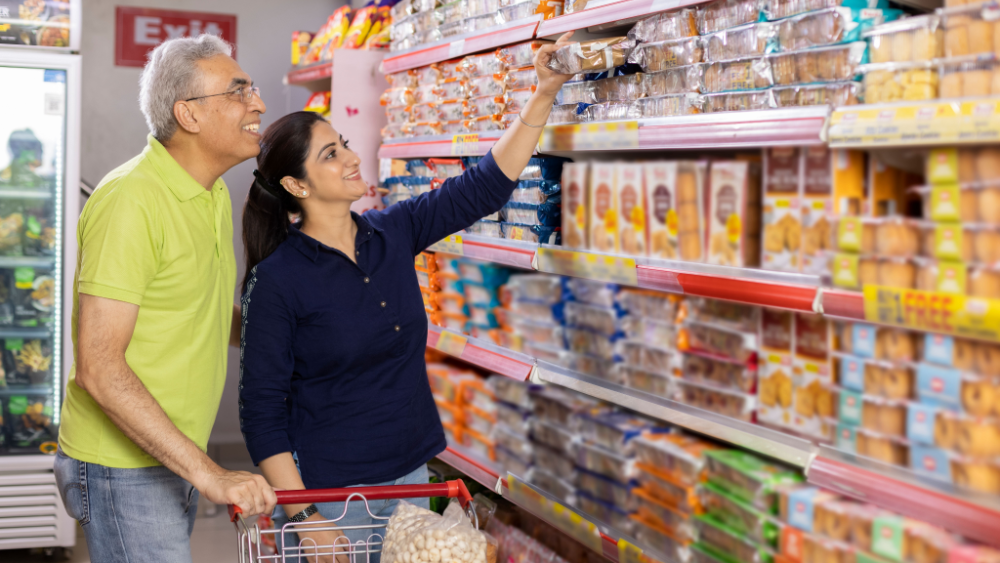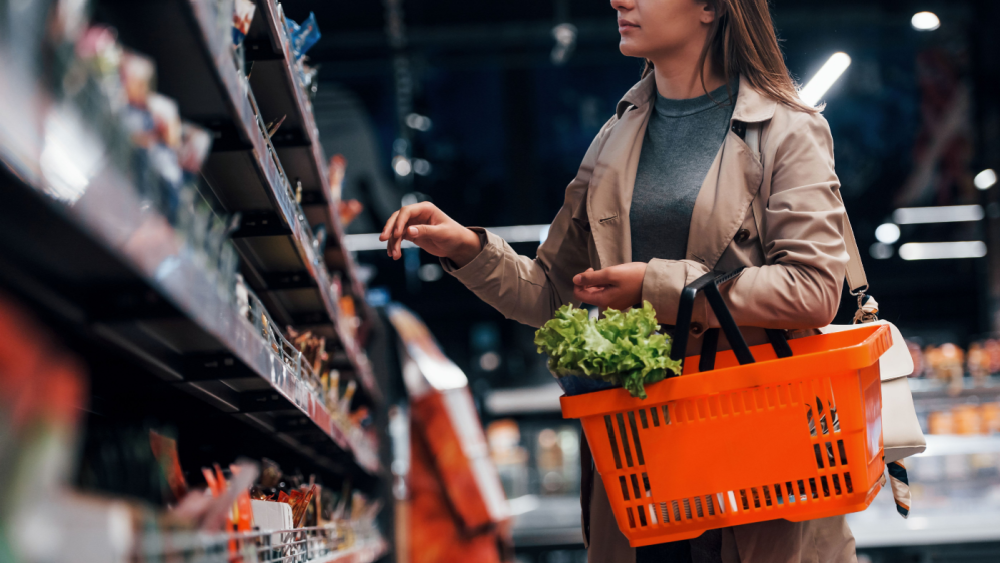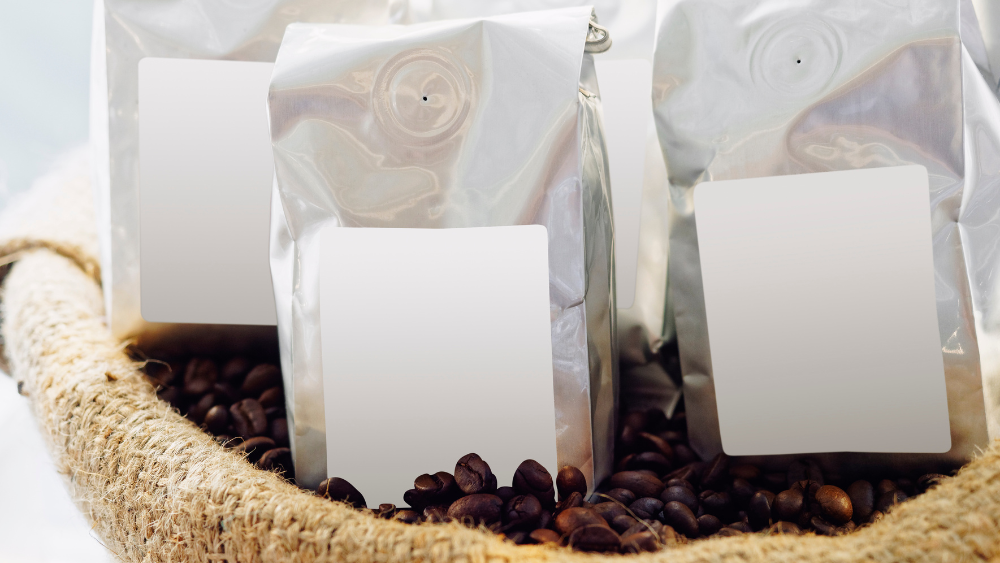Environmental awareness remains one of the most prominent consumer trends this year. Measures that reduce waste, enable recycling, and save resources and energy are simply expected in the 21st century. The big brands are catching on and are keen to please.
According to the EY Future Consumer Index, as many as 73% – across national and generational borders – believe that companies are responsible for participating in the fight against climate change. Often demanding that suppliers and manufacturers do what they can to be part of the solution – not the problem – and preferably prove it before purchasing.
For instance, Procter & Gamble India became ‘plastic waste neutral’ in 2022. According to a statement they made during the ‘It’s Our Home Sustainability Summit’ held in Mumbai on March 31st 2022, P&G India has collected, processed, and recycled over 19,000 MT of post-consumer plastic packaging waste across the country. This is more than the amount of plastic packaging in its products sold in a year.
Furthermore, P&G states that they aim to cut virgin plastic use in half by 2030 in numerous ways; "via light-weighting, increasing recycled content (PCR), driving conversion to more concentrated product forms, and when it makes sense, using alternative materials". They are also committed to making all their packaging recyclable or reusable by 2030.
The Coca-Cola Company aims to make its global packaging 100% recyclable by 2025 and use at least 50% recycled material in its packaging by 2030.
Four green trends within packaging and labelling
In the past decade, macrotrends and microtrends have emerged from the “Climate Change” megatrend. Several exist within the packaging and labelling industry.
1. Monomaterials
Monomaterials are packaging and labels made of the same material, enabling sorting and recycling as one component. For example, if your packaging is of a different grade of plastic than your label, they might not be recyclable together – even though one of the elements is recyclable. The same goes for packaging made of recyclable plastic with a paper-based label and vice versa.
Read more: Do you have a sustainable packaging and labelling strategy?
2. Linerless Labels
As a brand owner, you can implement several measures to support your sustainability goals throughout the value chain. Depending on the industry, of course. A shift from traditional labels to Linerless Labels can help you achieve more sustainability goals than you might already have set for the business.
A Linerless Label is something as simple but revolutionary as a label without a liner. These labels streamline production and contribute to a more circular economy by optimizing resource use. Obviously, this means there will be less production and waste of the liner material, but the glue consumption can also be reduced by up to 80% on this type of label.
That's why Linerless Labels offer a number of benefits and environmental benefits:
- Reduce waste
- Require fewer resources for production
- Lower emissions
- Less energy consumption
- Good alternatives for recycling
Read more: 5 things to consider before designing your new labels
3. Recycled materials from food and beverages
As we all know, the usage of recycled plastic was previously prohibited on any food item here in India under the Plastic Waste Management Rules.
However, these regulations have been updated. Due to push-backs, the FSSAI issued a new update to the draft in January 2022, "permitting the use of recycled plastics as food contact materials", and added a list of mandatory standards which must be met.

The FSSAI in India has previously made great strides toward allowing the usage of recycled plastics in ready-to-eat foods and drinks. According to Arun Singhal, FSSAI CEO, this was a positive move towards more efficient management of India's massive plastic waste – reported by the Minderoo Foundation to accumulate approximately 5.58 million tonnes annually.
These developments show a clear shift towards recycled materials here in India, which can and should also concern packaging and labelling when possible.
4. Use of in-house solar power plants at manufacturing sites
To enable a cleaner energy source, an increasing number of companies are looking to solar power as an alternative energy source. Again, Procter & Gamble India is leading the way. In addition to the existing in-house solar plant that the company set up at its Hyderabad manufacturing site in 2021, the company will also set up two more in-house solar plants at its manufacturing sites in Goa and Mandideep in India. According to P&G India, this will make them among the first few FMCG companies in India to have three in-house solar plants across their manufacturing sites.
Read more: Sustainable manufacturing: Optimizing material and energy consumption
Reach out to us if you want to learn more about how your labels and packaging can help you reach your sustainability goals.






